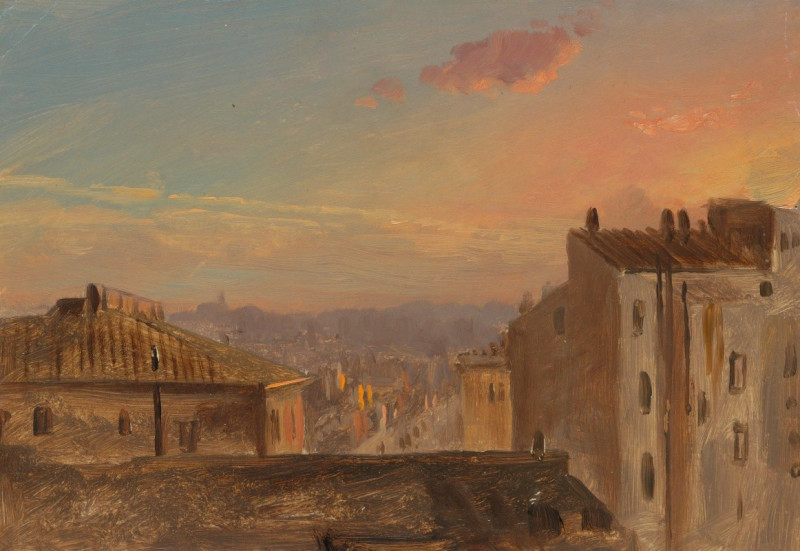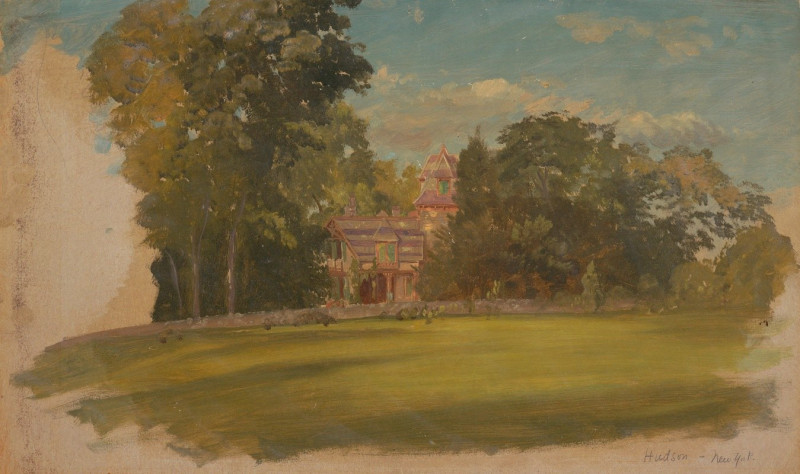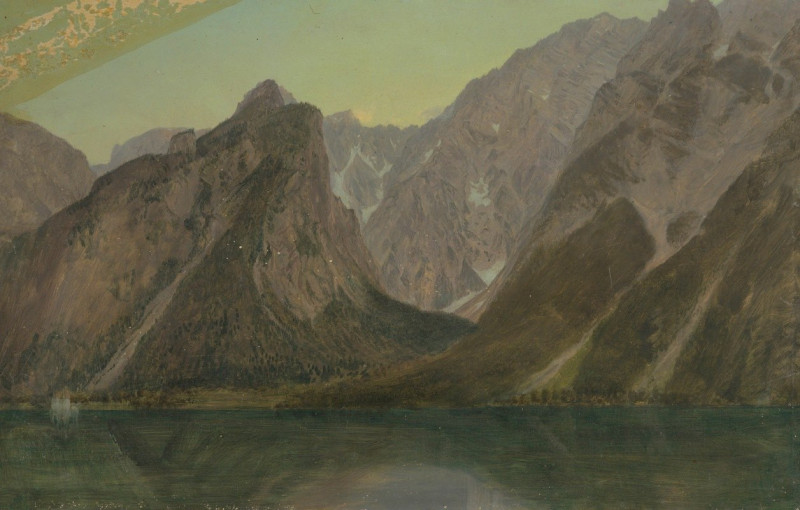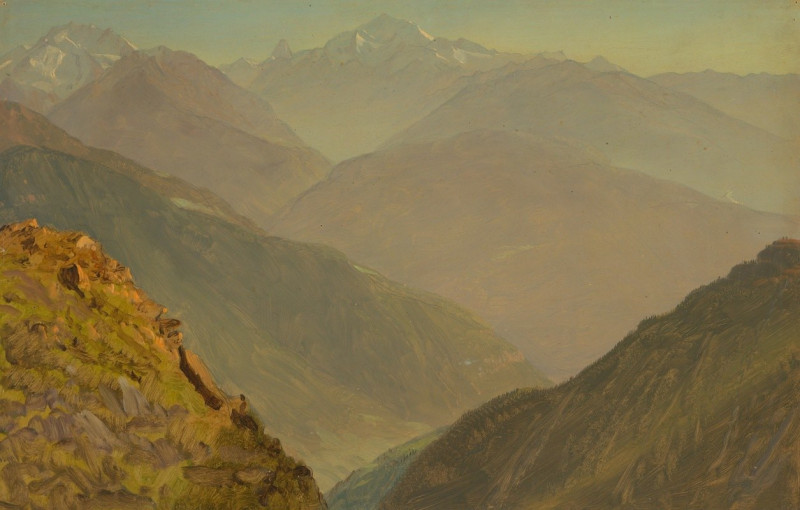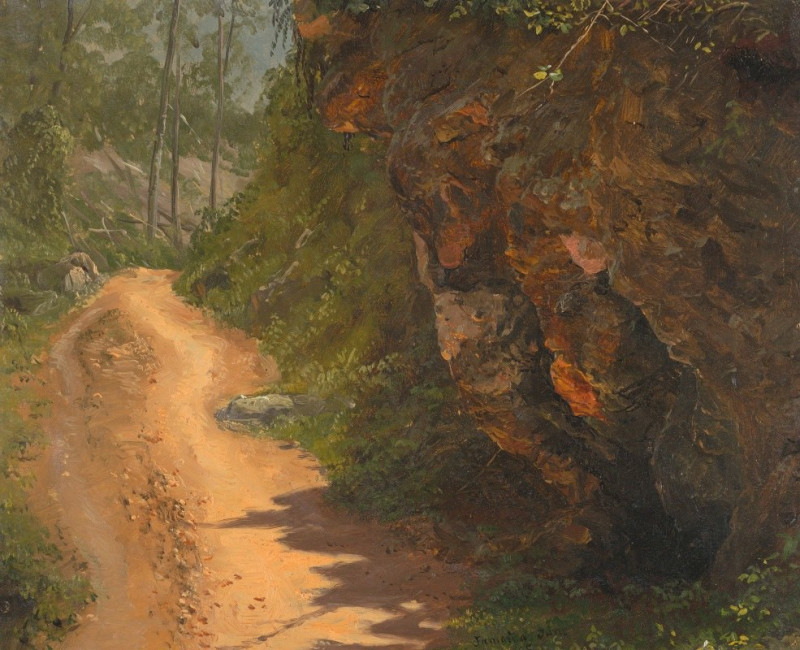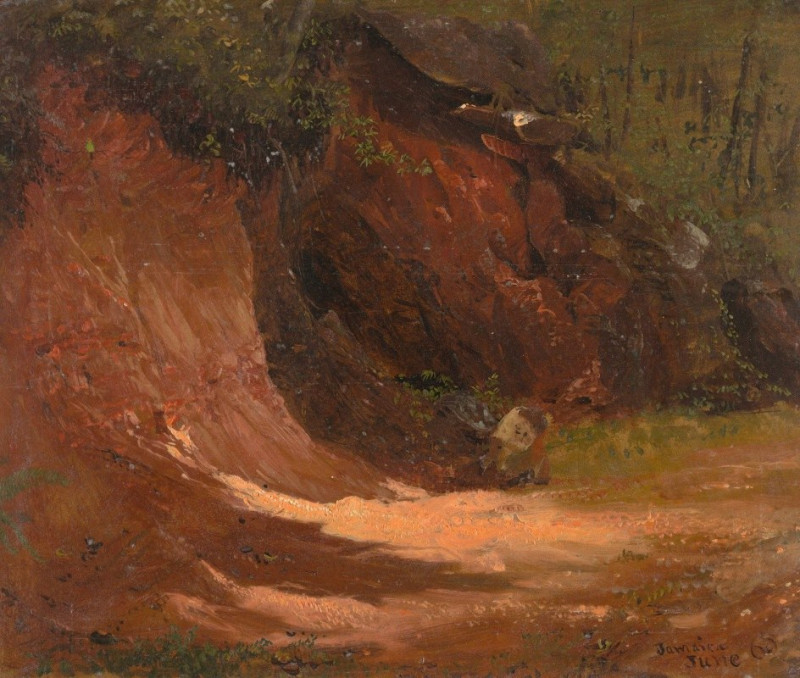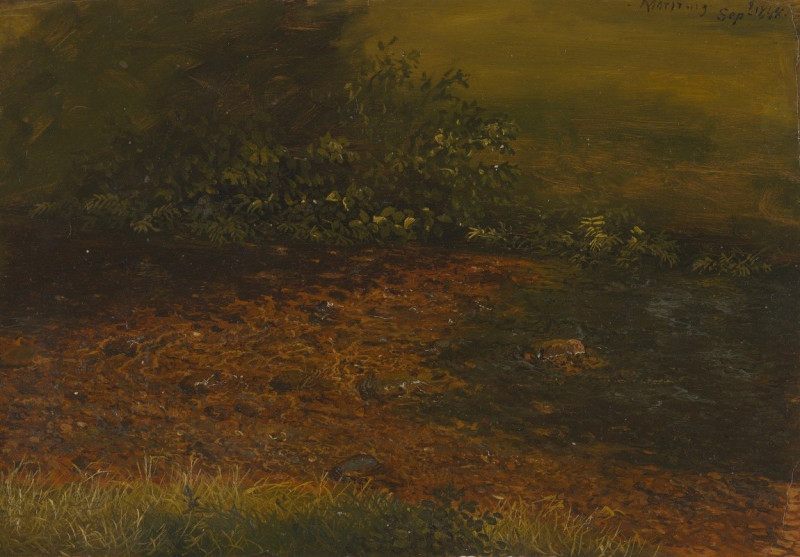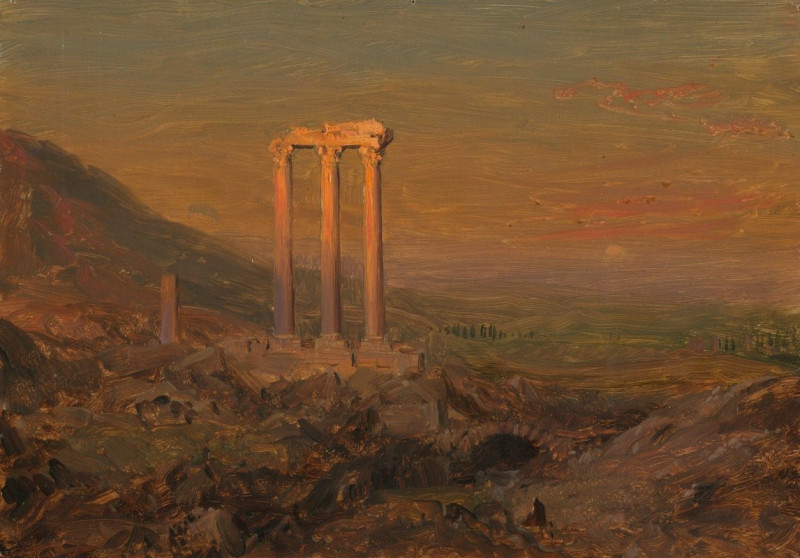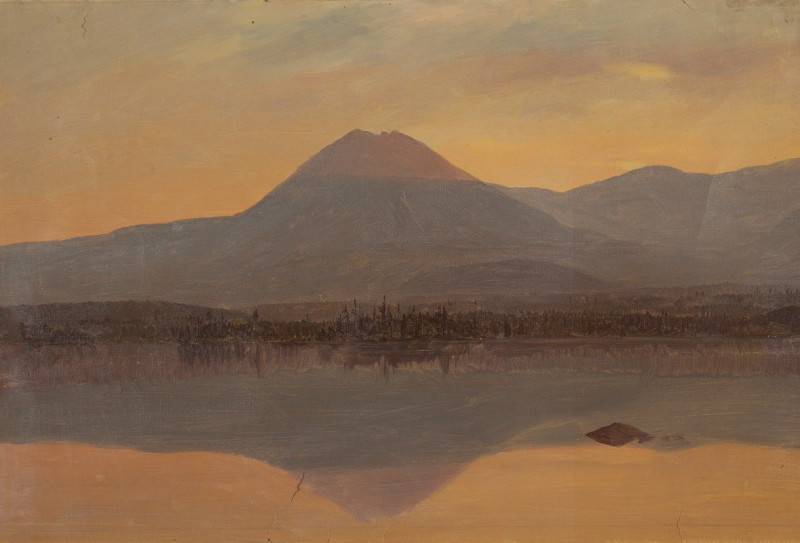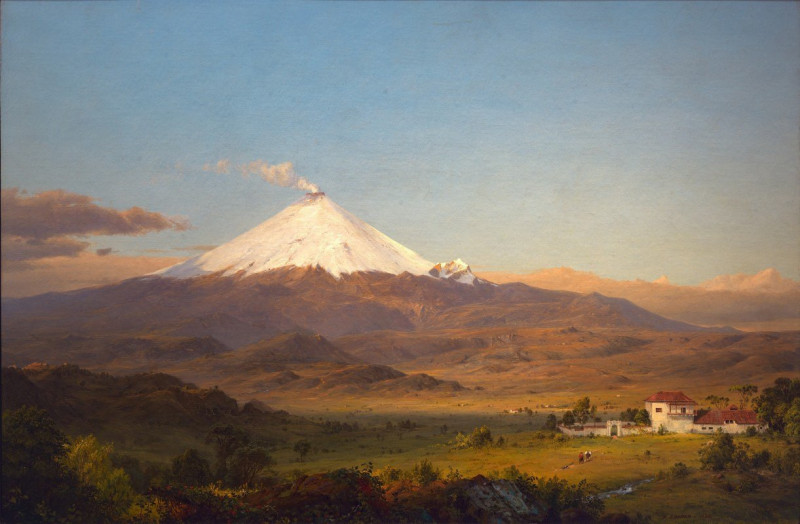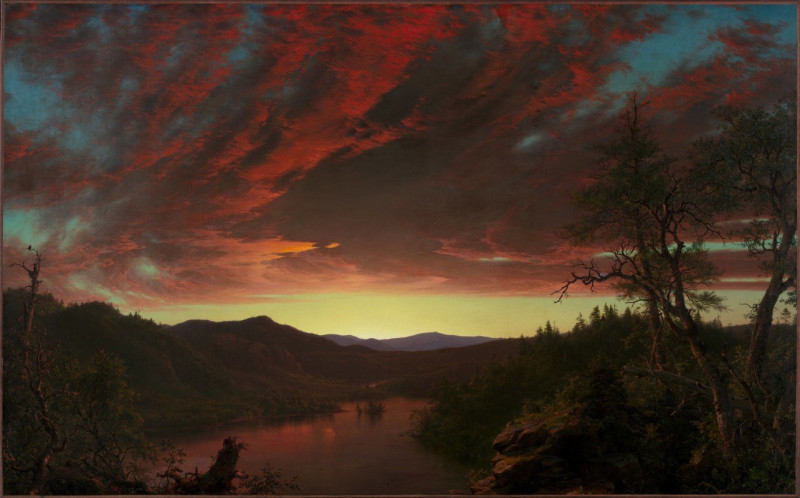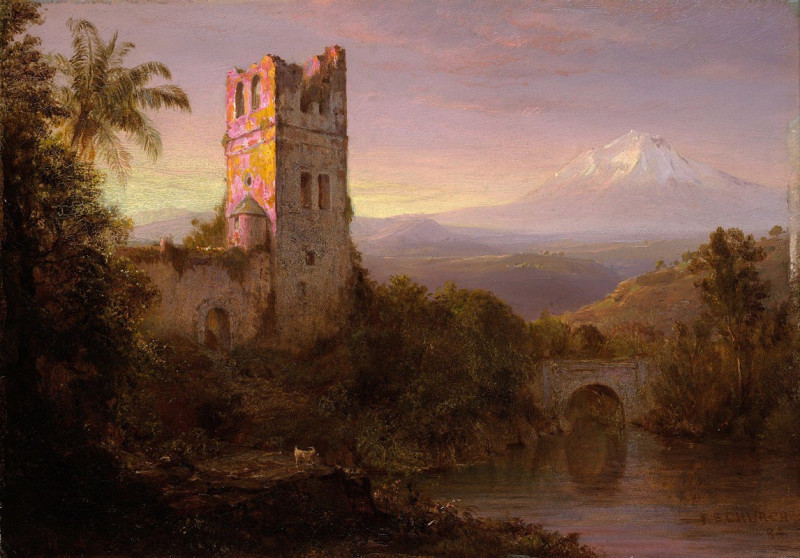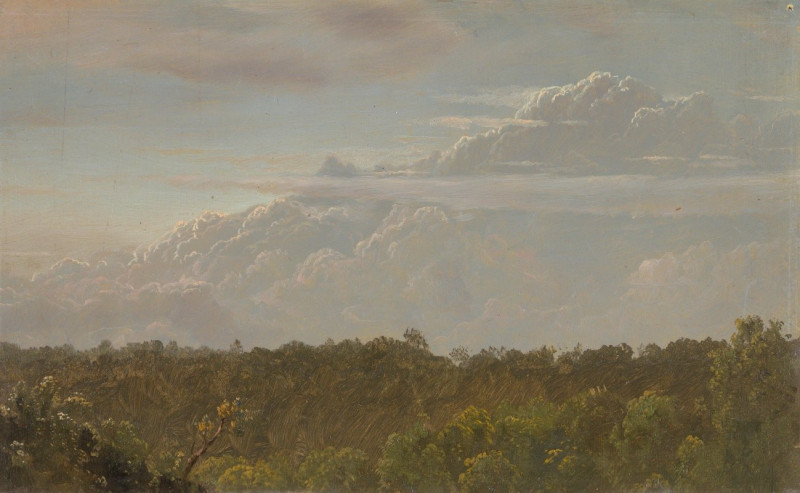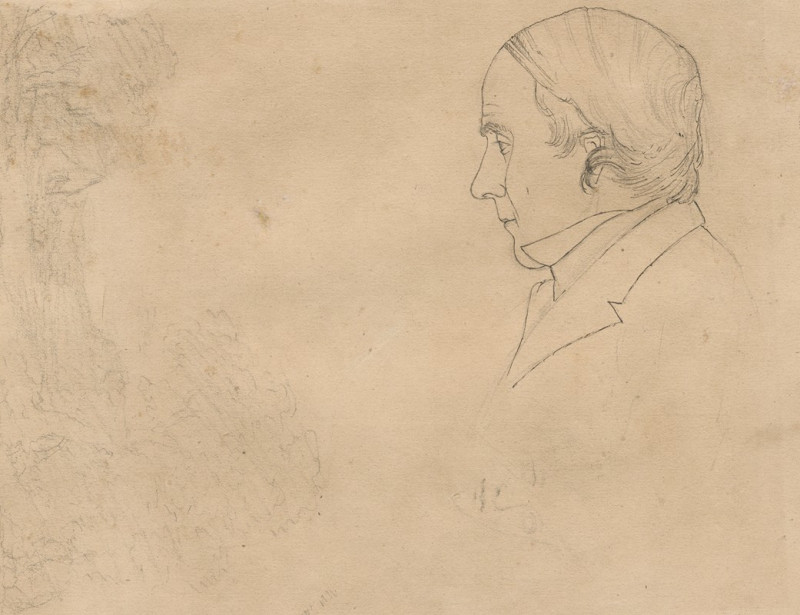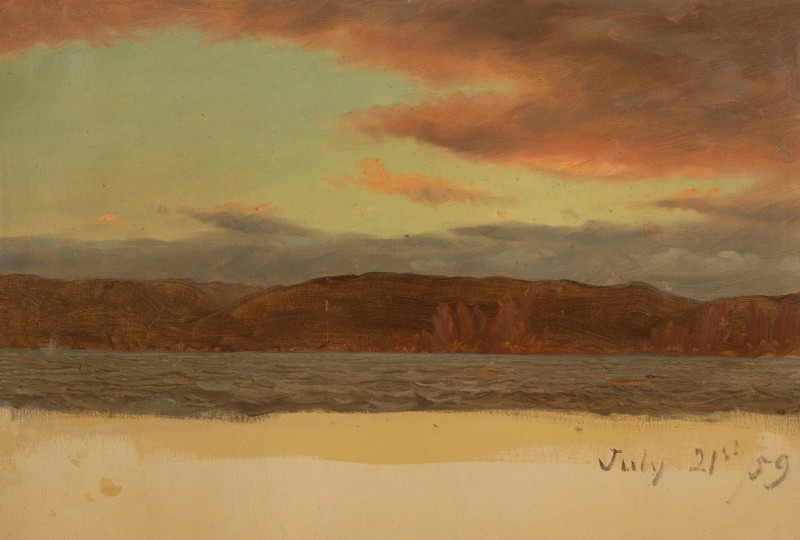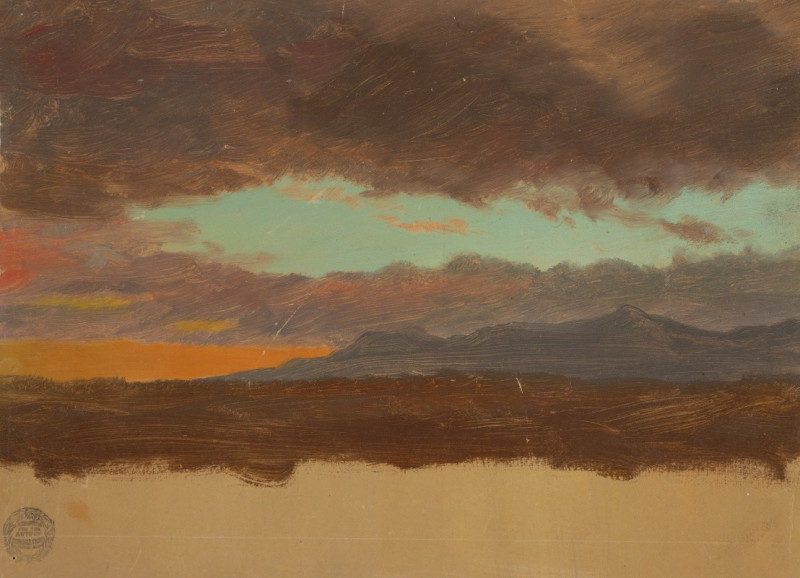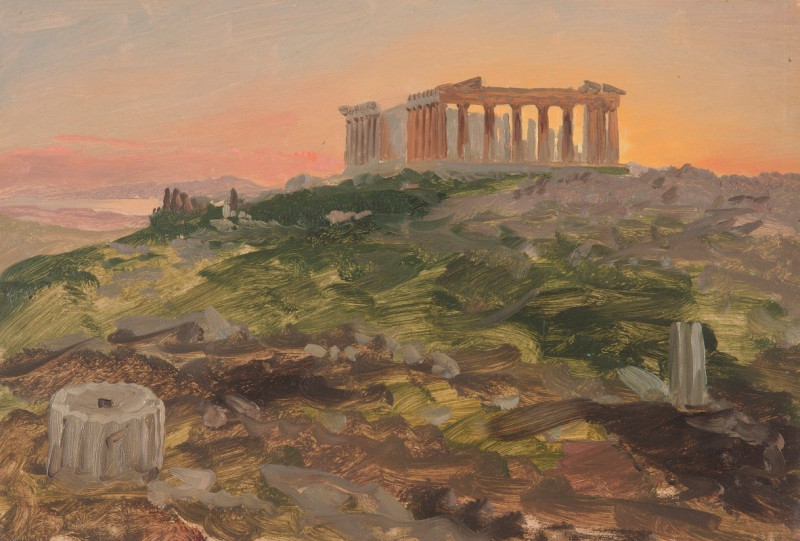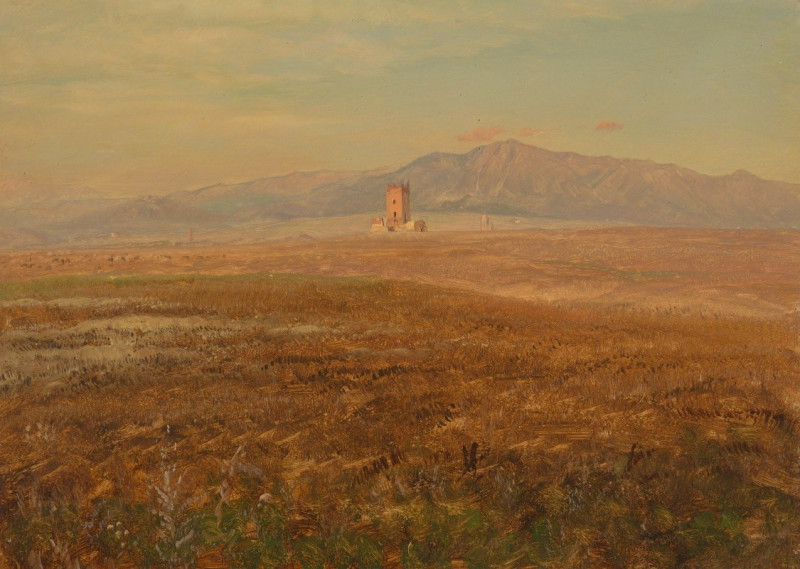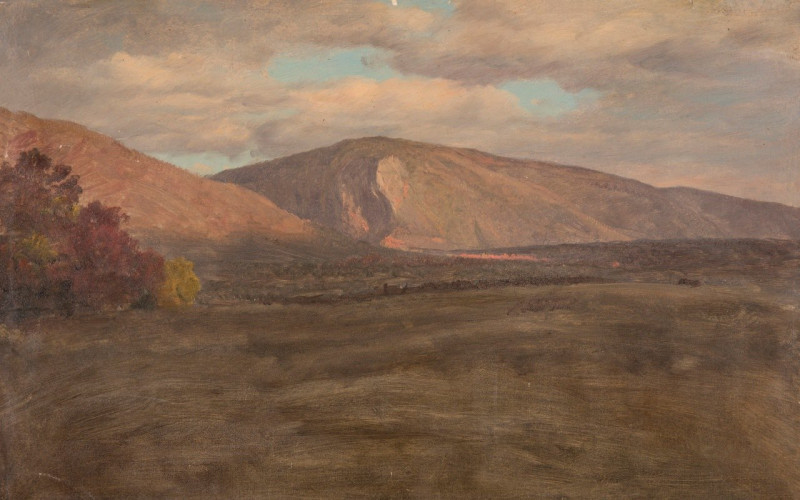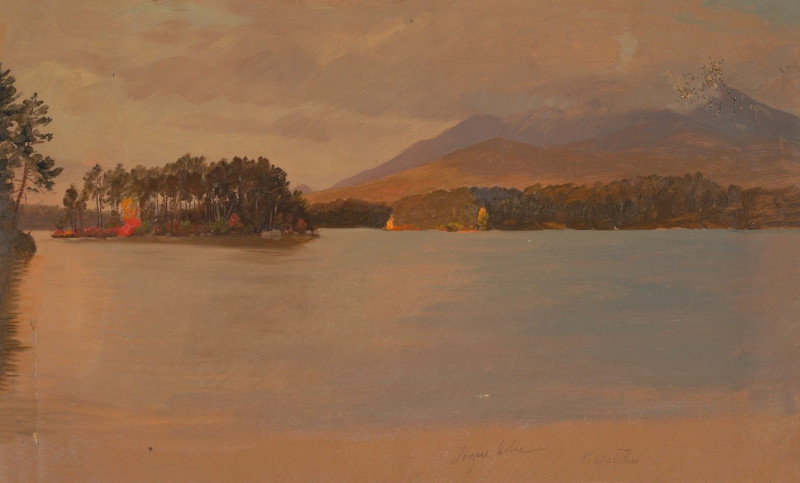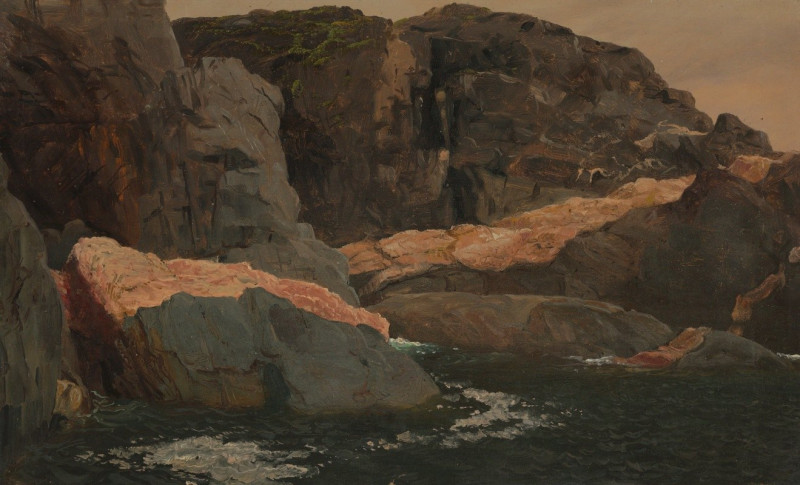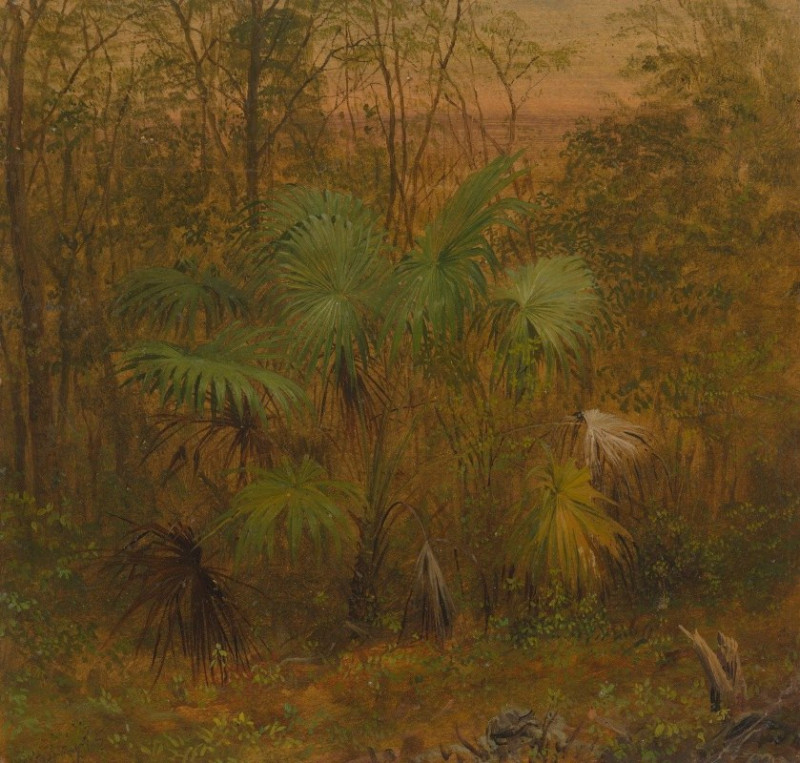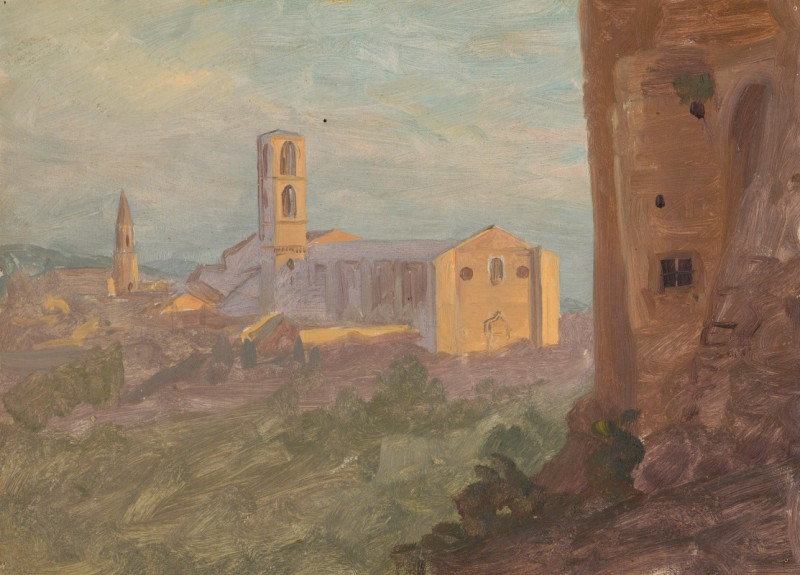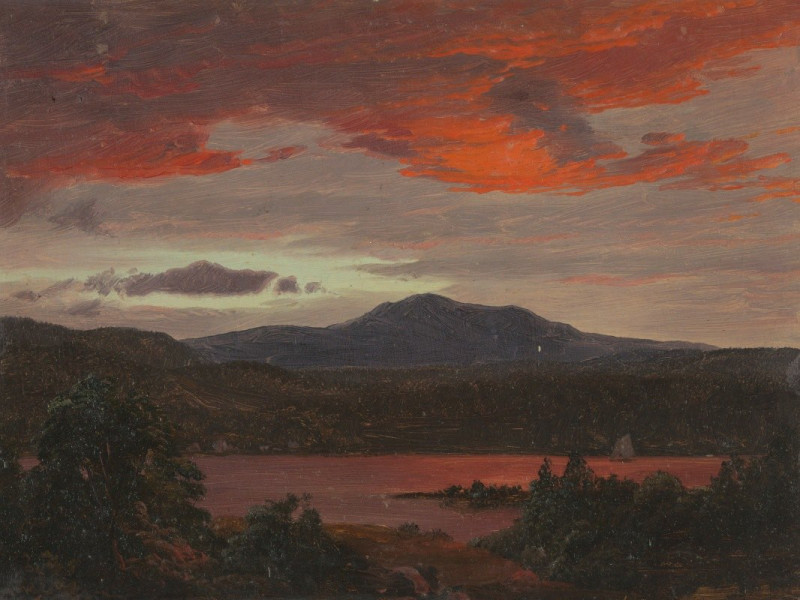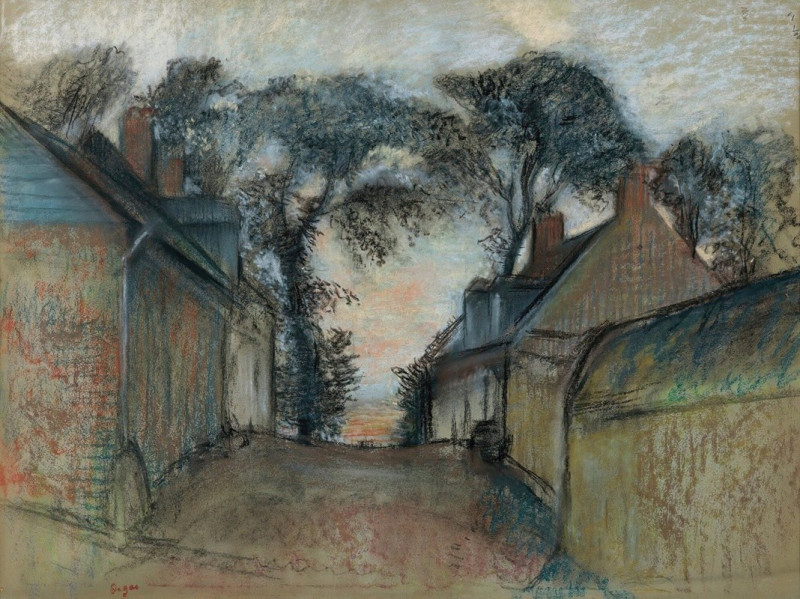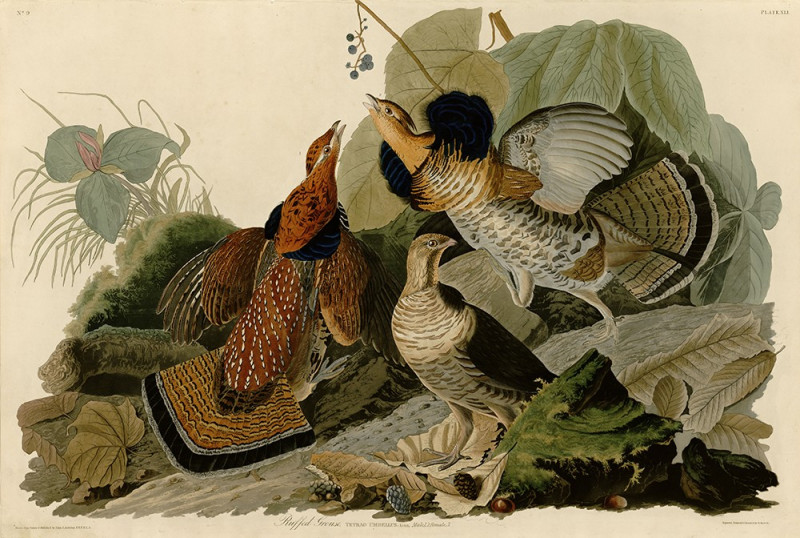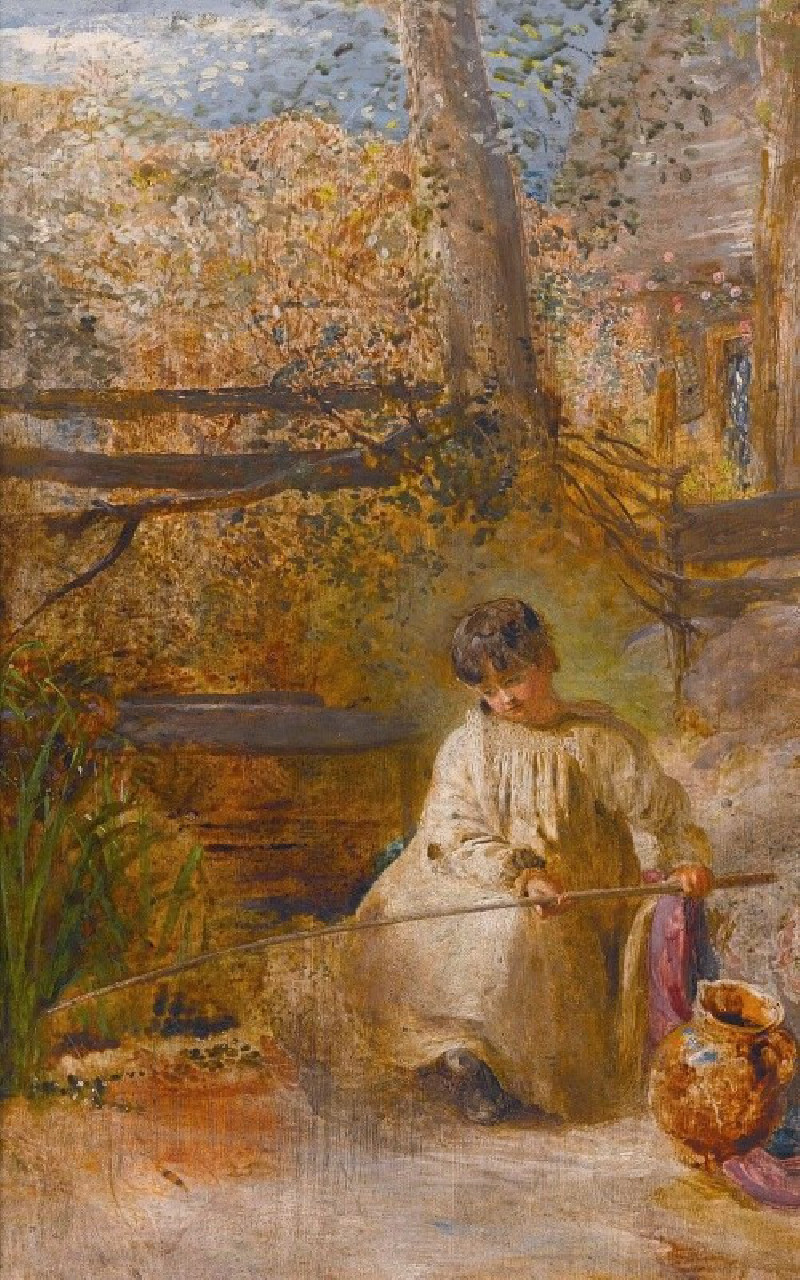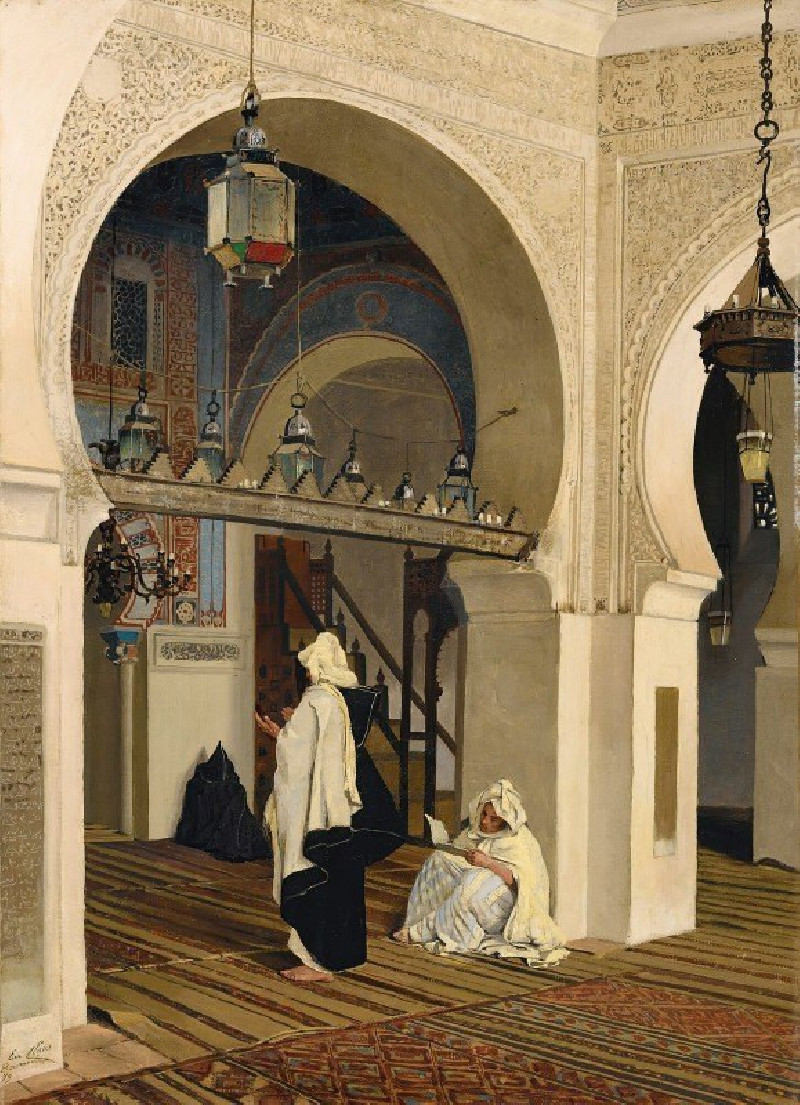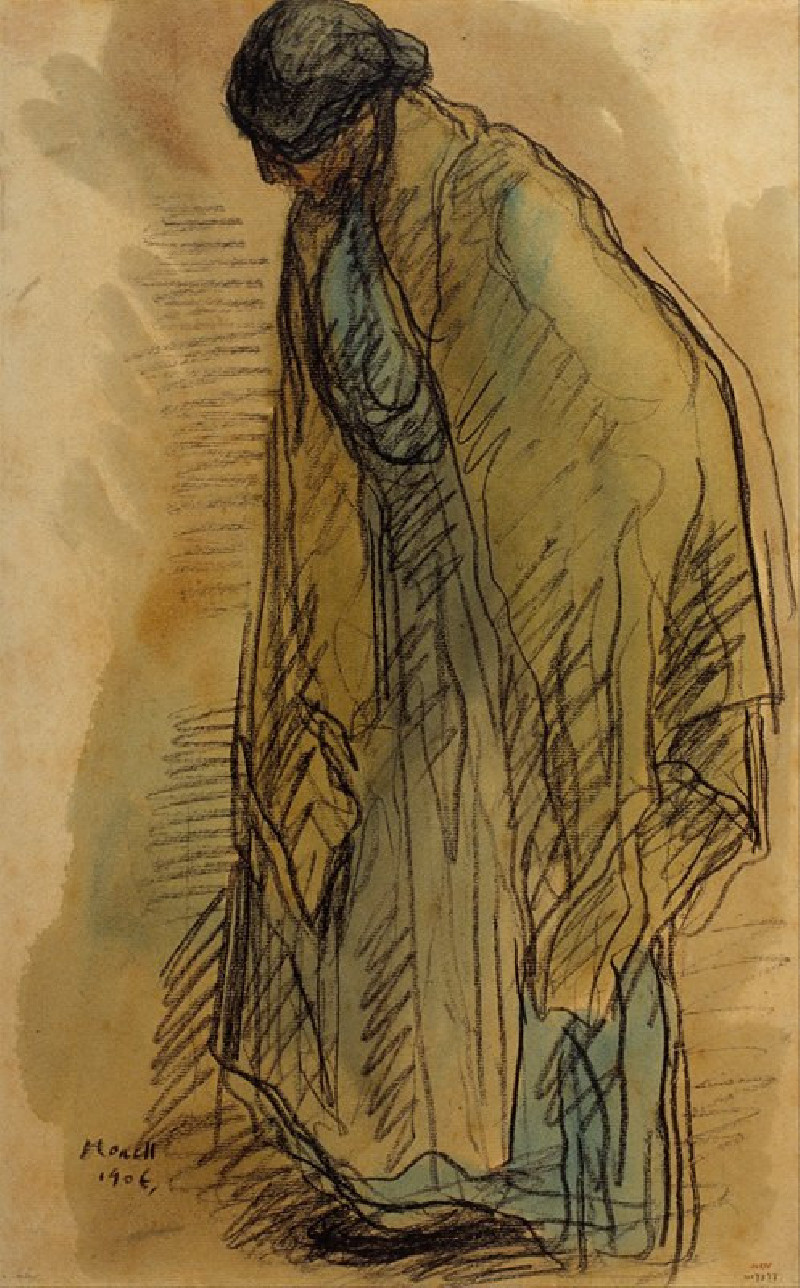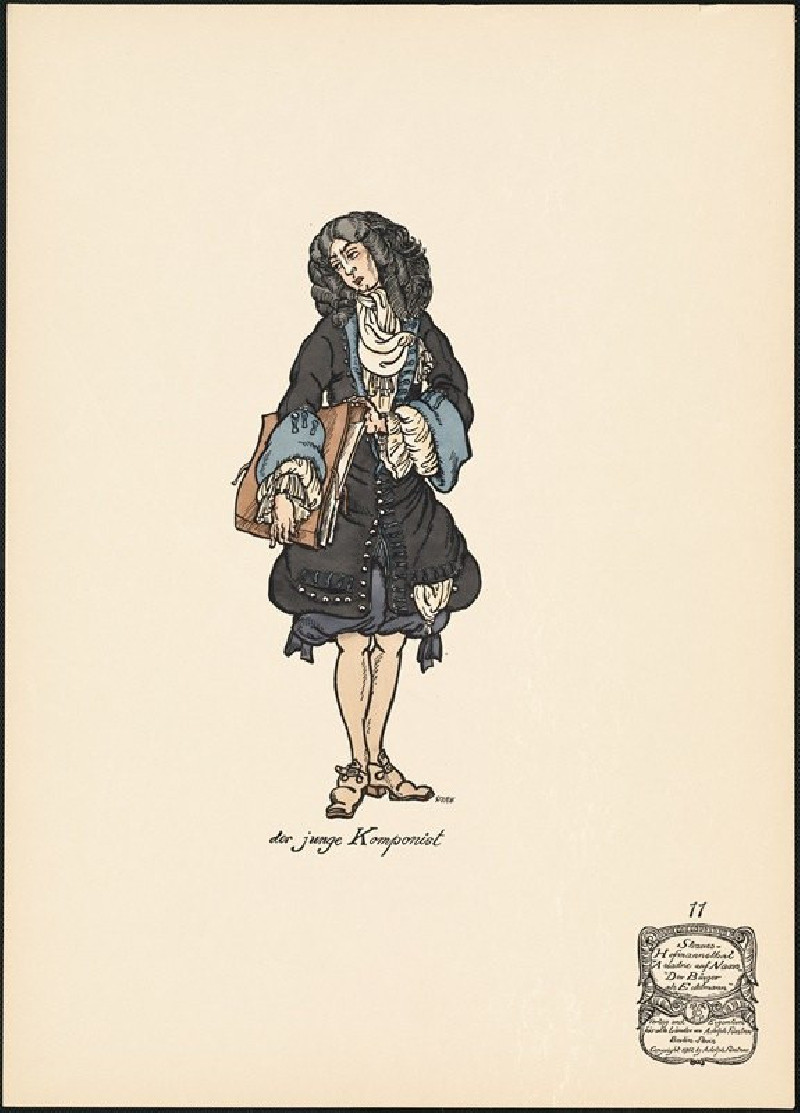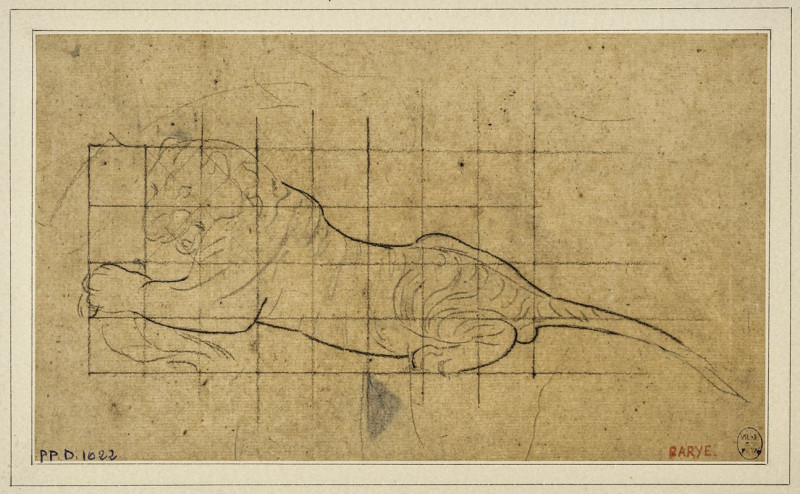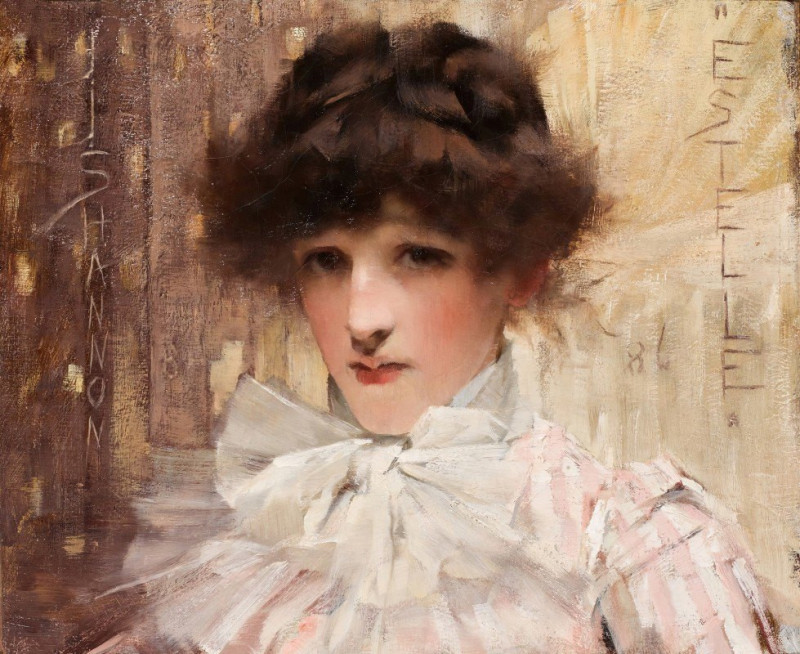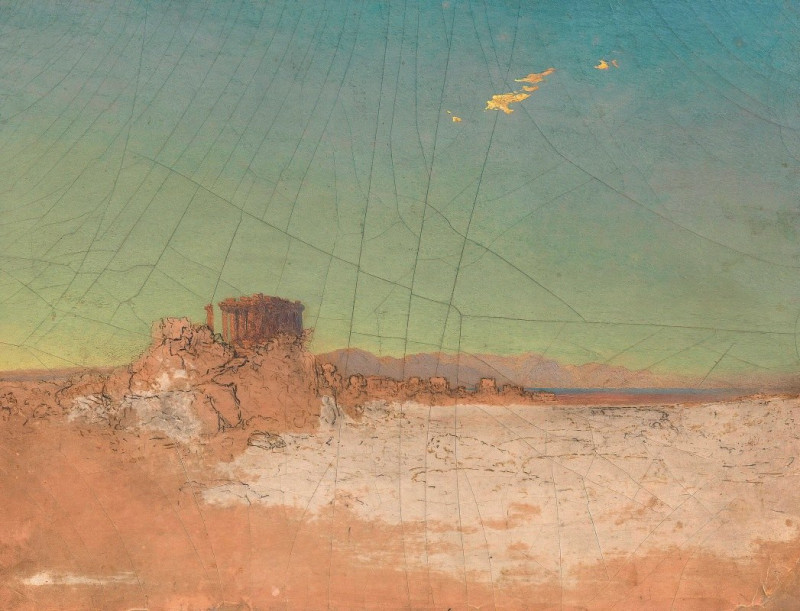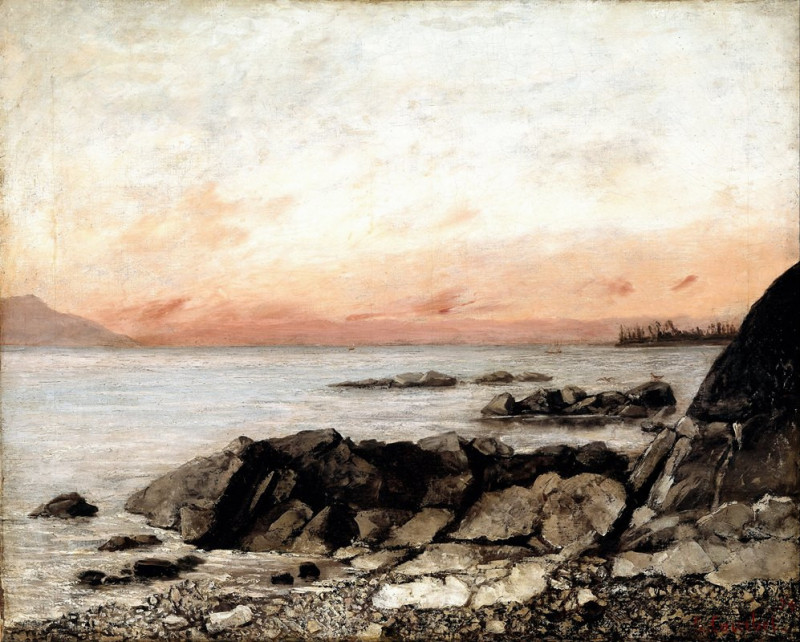View of Rome (1868–69)
Technique: Giclée quality print
Recommended by our customers
More about this artwork
"View of Rome" (1868-69) by Frederic Edwin Church is a captivating artistic representation that offers a unique perspective of Rome during the latter part of the 19th century. In this painting, Church masterfully captures the ethereal glow of a Roman sunset, bathing the ancient city in a warm, diffused light. The skyline is marked by a myriad of buildings that stretch into the distance, their details slightly shrouded by the atmospheric effects of dusk.The foreground of the painting features robust structures that appear to be residential buildings. These are characterized by their textured facades and rustic, earthy tones that harmonize with the overall palette of the painting. Noticeably, the roofs of these buildings are accentuated with a golden hue reflecting the sunset's light, adding a serene luminosity to the scene.One of the most striking aspects of Church's work is his ability to evoke a sense of peace and timelessness, inviting viewers to contemplate the enduring beauty of Rome. The sky, painted with soft clouds tinted in pink and orange, contrasts subtly with the cooler tones of the horizon, creating a balance and depth that draw the viewer’s eye across the canvas."View of Rome" is more than just a scenic depiction; it is a nuanced composition that reflects Church’s acute awareness of light, color, and atmosphere. This painting not only showcases the historical and architectural significance of Rome but also highlights the natural beauty and tranquil mood of the city at sunset.
Delivery
Returns
Frederic Edwin Church (May 4, 1826 – April 7, 1900) was an American landscape painter born in Hartford, Connecticut. He was a central figure in the Hudson River School of American landscape painters, best known for painting large landscapes, often depicting mountains, waterfalls, and sunsets. Church's paintings put an emphasis on realistic detail, dramatic light, and panoramic views. He debuted some of his major works in single-painting exhibitions to a paying and often enthralled audience in New York City. In his prime, he was one of the most famous painters in the United States.

